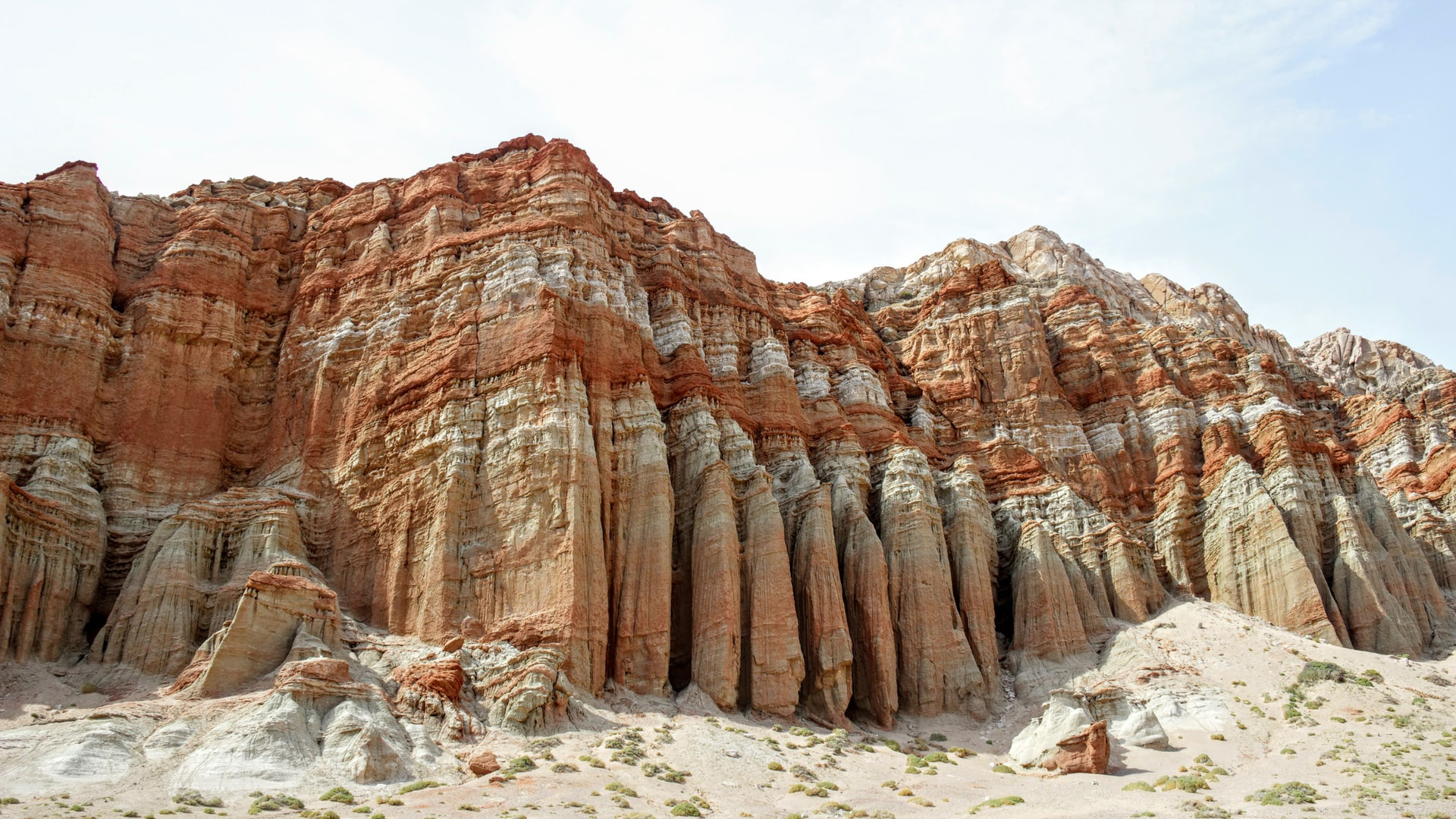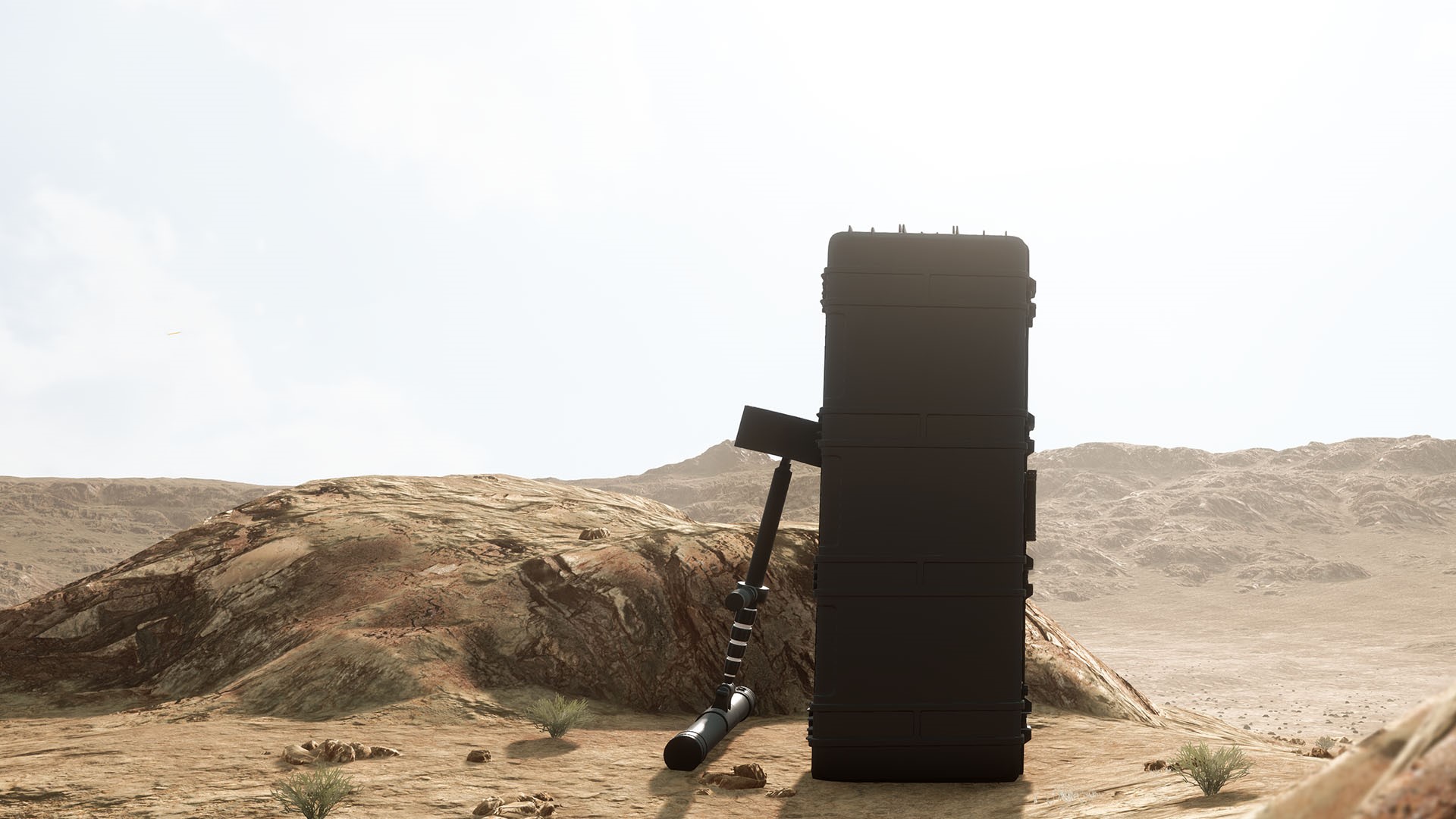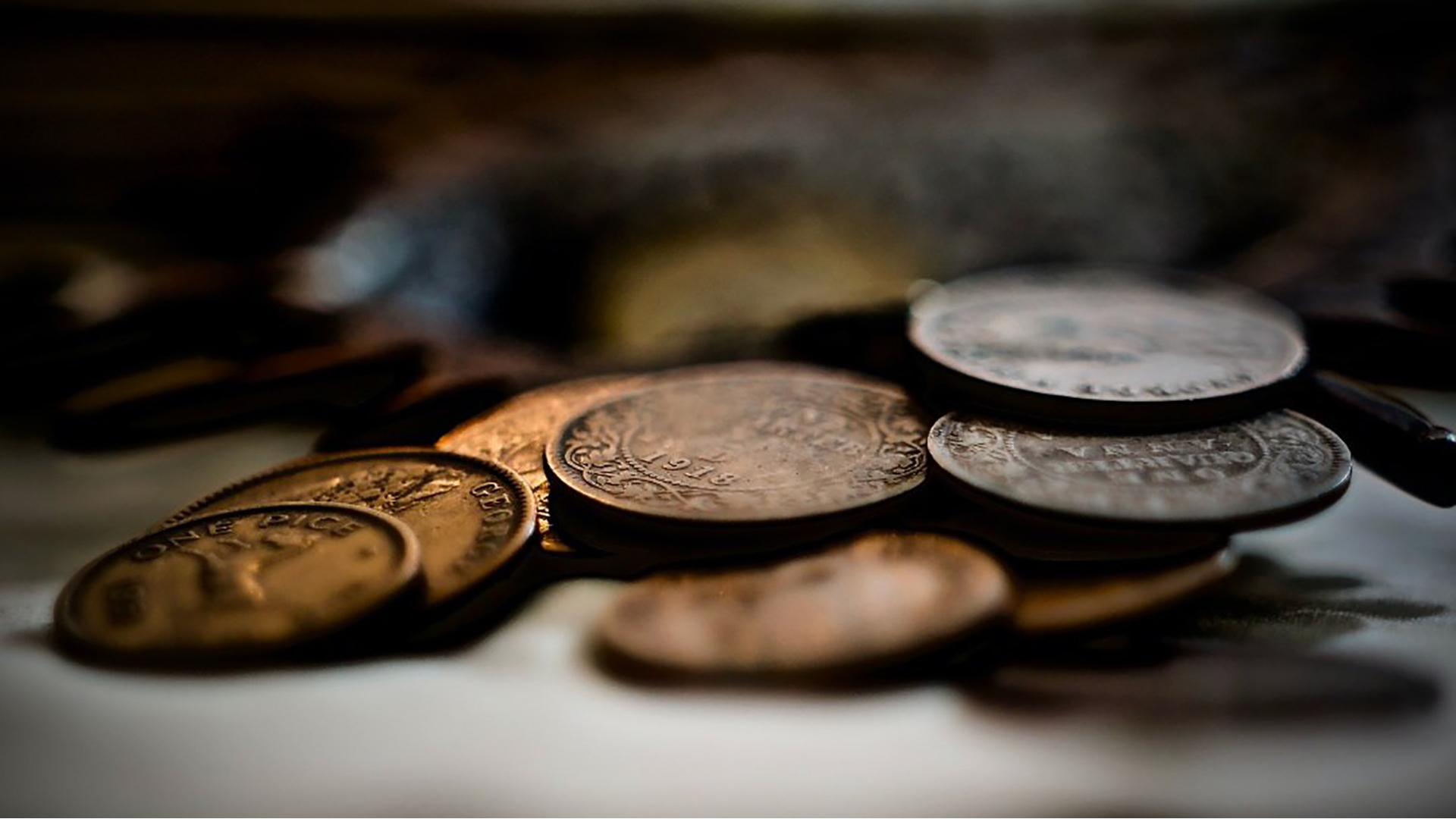 Magnetic Storm: What is it?
Magnetic Storm: What is it?

Soil layers: What do they represent?
Broken jar layer:
The first layer we encounter in most cases is broken jars. The presence of broken glass in this layer indicates the correctness of the method and the beginning of our work. The jar was used both as a marker and as a soil enhancer, making the soil stronger and harder to work and dig. Usually, we have to reach this layer for the first two meters.
Clay:
This layer is usually used in wet places, which is usually mixed with wind sand after this layer.
Baked soil layer:
This layer is the same as clay, and to prevent the soil from getting wet, the clay was spread in that place, and then the wood was poured on it. The wood was then burned, and the clay that burned beneath the wood was turned into baked soil, preventing the soil from getting wet.
Corrugated stone layer:
This layer was to strengthen and prevent soil from falling from the upper surface to the lower levels on which the main structure was built. If the load is high, there are one or two rows of crushed stone every three meters.
Bricklayer:
Usually, the bricklayer starts after the crushed stone, but in some places, after the crushed stone, it is a sign of an empty or calcareous jar.
Charcoal:
This layer was placed after the bricks or under the jars to completely absorb the soil moisture. The thickness of this layer is usually from 7 to 10 cm, but this point should not be forgotten, if this layer is vertical, it cannot be considered a sign of burial and is probably a sign of a charcoal oven. But if it is horizontal and the desired thickness can be counted on. This layer may be confused with tree roots. The roots of the trees also turn black and look like charcoal after a while, but with the difference that coal forms a thick layer and is dry. But the roots are scattered and moist.


